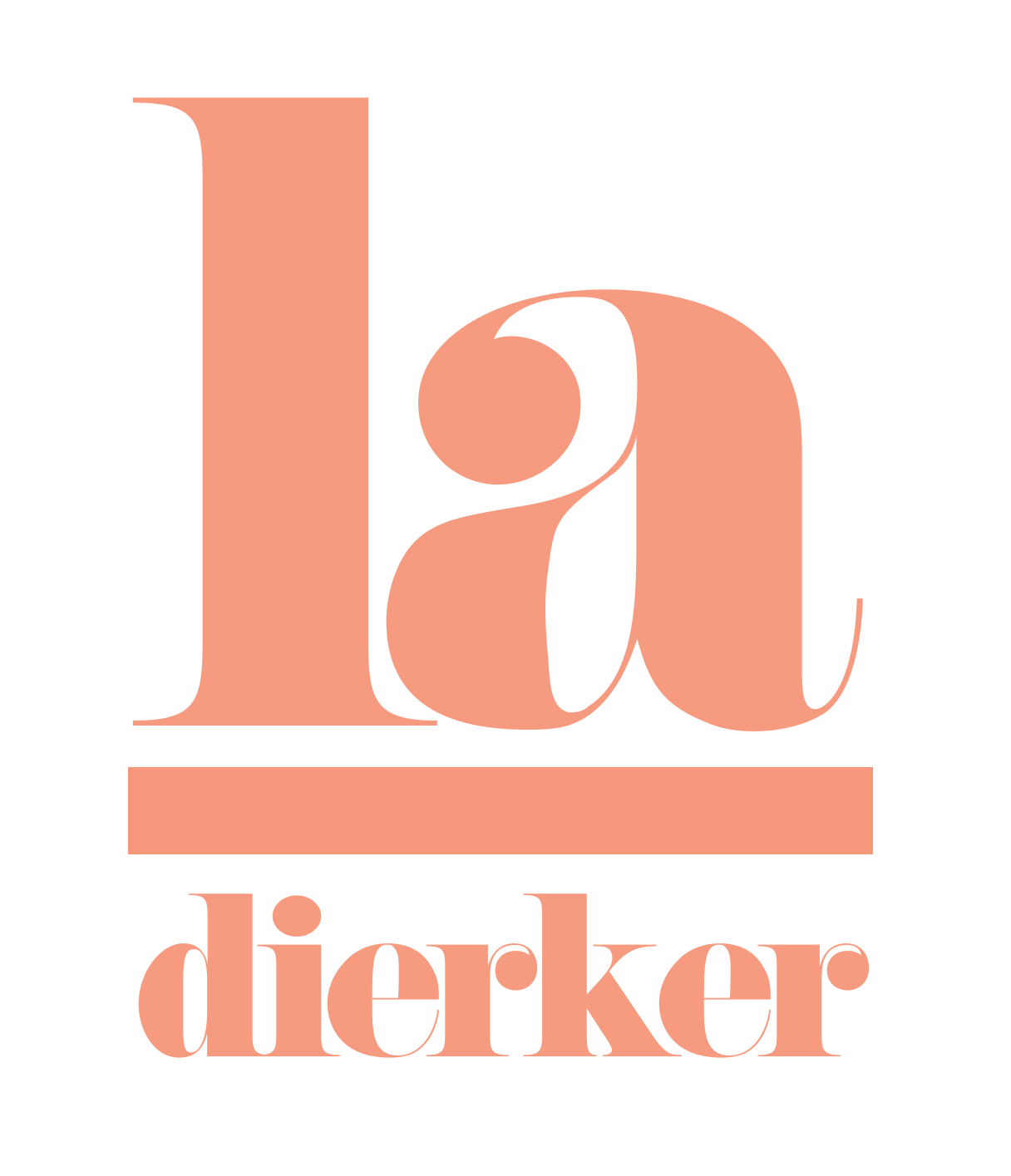Whether or Not: Homage to the New England Seasons
A Passacaglia for Wind Ensemble
Whether or Not is inspired by the power, beauty, and variety of the seasons in rural New England. It begins with the splendor of Autumn (Sordaménte, Brillánte), and ends six minutes later, in the lively spirit (Frescaménte) of Summer.
According to the Harvard Dictionary of Music, a passacaglia is a "continuous variation form, principally of the Baroque, whose basso ostinato formulas originally derived from ritornellos to early 17th- century songs" (p. 611, 1986 edition).
In this composition, the passacaglia is introduced as a bass line, played by the euphonium and tuba. As the seasons pass, from Autumn, to Winter, (Teneraménte) and into Spring (Giocosaménte), it moves, in varied form, to other sections of the ensemble.
Some of the impressions I wished to capture are: the brilliance of the fall foliage, the poignancy of the stark winter landscape, the humor of the brief New England spring, and the fun and celebration of village life in the summer. A variety of techniques are used to convey these images.
In Autumn, sixteenth note figures in the woodwinds, utilizing pitches from the passacaglia, contrast with the complete passacaglia played by the brasses as a dotted half-note basso ostinato, as colorful leaves dazzling in the sunshine, contrast with the darkness of the interior forest floor.
To create a sense of the poignancy of the winter season, the instrumentation in Winter is spare and there are quotations from the lovely carol "Lo How a Rose ere Blooming" (Fl. 2, Hn. I).
Spring is the shortest section of the composition, and the 5/8 time signature gives it a playful feeling. This fits, as spring is the season when most New Englanders indeed feel the joke is on them! Here too, there are quotations. The varied rhythms played by the three wood blocks, are transcriptions from field recordings of woodpeckers' activity in the New Hampshire fields and forest.
Summer begins with a flourish, heralding the sounds of a town band as it marches through the village, celebrating the summer holidays, Memorial Day, Independence Day, and the traditional Old Home Day.
In this section, I "tip my hat" to two musical icons of our region, Charles Ives and E.E. Bagley. The quotations are from Bagley's National Emblem march. They emerge from the texture of the passacaglia, evoking imagery of Ives' composition, A Symphony: New England Holiday, his homage to the New England village life.
The composition ends with a coda-like finale (Energicaménte), which repeats the passacaglia, first transposed and then in its original form.
Duration 6:10 Minutes
INSTRUMENTATION
Piccolo
Flute 1,2
Oboe 1,2
Bb Clarinet 1
Bb Clarinet 2,3
Bass Clarinet
Bassoon 1,2
Alto Saxophone 1,2
Tenor Saxophone
Baritone Saxophone
Bb Trumpet 1
Bb Trumpet 2,3
Horn 1,2
Horn 3,4
Trombone 1,2
Bass Trombone
Euphonium
Tuba
Timpani
Crash Cymbal
Suspended Cymbal
Triangle, medium
Three Wood Blocks, hi, medium, low
Snare Drum
Bass Drum
Glockenspiel
Tubular Bells
Timpani
Percussion 4 (Triangle, medium, Snare Drum)
Percussion 3 (Bass Drum, Glockenspiel)
Percussion 2 (Crash Cymbal, Wood Block, medium)
Percussion 1 (Suspended Cymbal, Wood Block, hi)
Percussion 5 (Tubular Bells, Wood Block, low)
Note: C Score All instruments sound as written except for the piccolo and glockenspiel which sound up an octave
